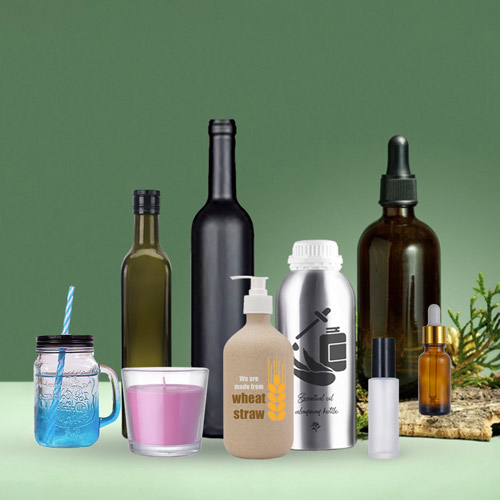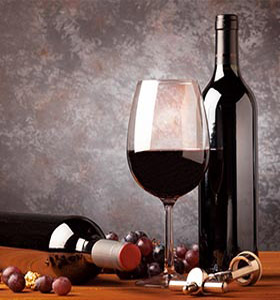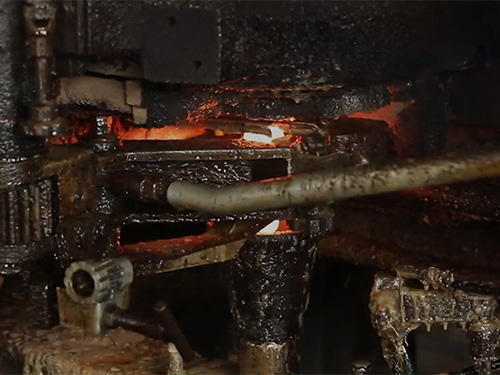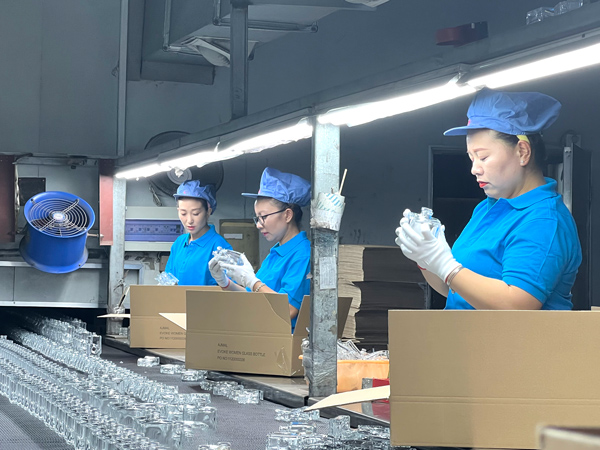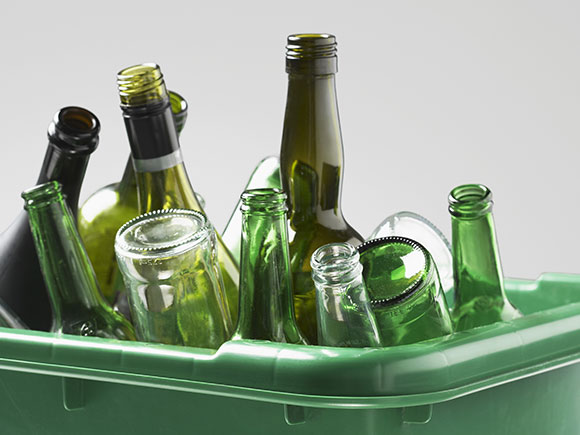How Sustainable Bottles Are Made
Our facility is strategically situated in the rapidly growing region of Jiangsu, China, and has a daily production capacity exceeding 500,000 glass bottles. Leveraging a state-of-the-art bottling factory and a team with extensive expertise, we specialize in crafting premium glass bottles tailored to the beverage, food, and cosmetic industries.
The glass bottle manufacturing process encompasses several key stages, including the crushing and blending of raw materials, precise batching, melting, forming processes, and annealing. The execution of these steps can be fine-tuned to suit the specific requirements of the glass bottle product.
Full Capacity in Our Sustainable Bottle Manufacturing Plant
-
5000+
- Instock styles -The foremost advantage of stocking a huge amount of molds in-house is the flexibility. One factory can hardly meet all your requirements.
-
700,000+
- Pcs of bottles daily -React to market quickly. Our bulk production allows businesses to move through production phases quickly and easily.
-
8
- Production lines -Lower cost when producing in low volumes. Recyc's production lines function diverse bottle production simultaneously.
How to Make Sustainable Bottles Step by Step
1 Raw Materials For Making Sustainable Bottles
The raw materials essential for crafting glass bottles primarily include sand, soda ash, limestone, and cullet. These materials are carefully blended in precise proportions to create soda-lime glass, which serves as the foundation for most glass bottle production. However, the manufacturing of specialized glass bottles may involve the introduction of supplementary components. For instance, dyes and chemical compounds can be incorporated during the production process to yield colored bottles or heat-resistant borosilicate glass.
-
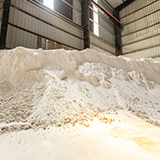 Sand
Sand
-
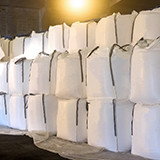 Soda ash
Soda ash
-
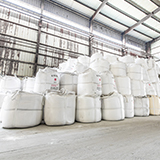 Limestone
Limestone
-
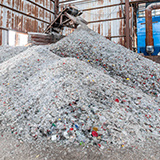 Cullet
Cullet
2 Batching Process for Making Sustainable Bottles
After the collection and preparation of raw materials, they are transferred to a hopper machine for thorough mixing. The resulting mixture is carefully measured and dispensed into batching compartments. From these compartments, the precise portions of the mixture are conveyed into the melting furnace via a conveyor belt.
Batching represents a critical stage in the glass bottle manufacturing process. The accuracy of mixture portions is paramount to maintain uniform quality. The size of these portions is determined by factors including bottle design and the intended production quantity.
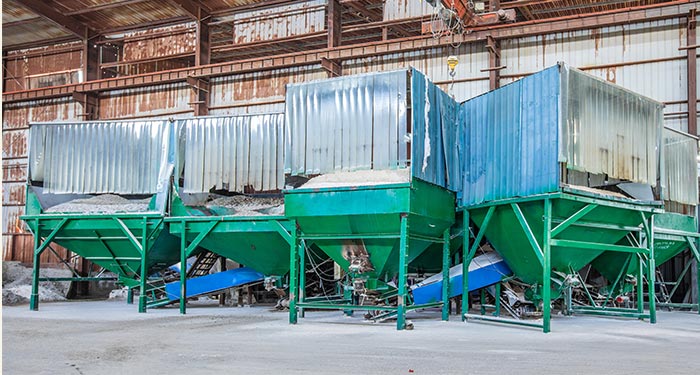
3 Sustainable melting during bottle production process
The melting phase occurs within a high-temperature heating furnace, where the raw materials are exposed to temperatures reaching approximately 1600°C. During this process, water content evaporates, and organic matter is incinerated, leaving behind molten glass. Subsequently, the molten glass is carefully cooled to attain the required viscosity, preparing it for the formation phase.
All of our furnaces are fully automated, with temperature settings meticulously managed by our engineers through specialized software from an integrated control room.
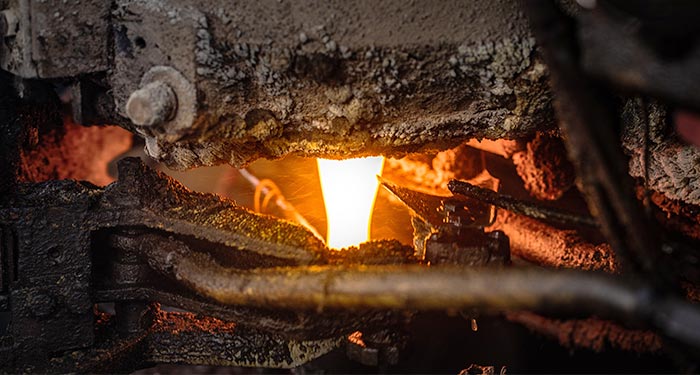
4 Blow sustainable forming processes
The glass formation process entails shaping the molten glass into the desired bottle forms. Initially, the viscous mixture is divided into equally sized portions using a precisely timed blade. These portions then descend into separate slots within an individual section machine, each slot housing a unique shaping mold.
The ultimate bottle shape is achieved through either the Blow and Blow method or the Press and Blow method.
Blow and Blow Process
In the Blow and Blow method, compressed air is employed to mold the bottle. The air is directed onto the molten gob, compelling it to conform to the contours of the mold. This preliminary form is known as a parison. Subsequently, the parison is inverted, reheated, and infused with additional air to achieve its final defined shape.
This technique is commonly utilized for slender glass bottles, including beer, wine, and soda bottles.
 Gob dropped into black mold
Gob dropped into black mold
 Neck formed
Neck formed
 Blank blown
Blank blown
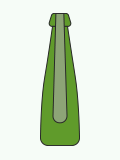 Blank shape
Blank shape
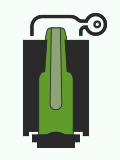 Blank transferred to blow mold
Blank transferred to blow mold
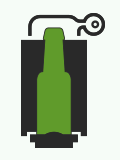 Final shape blown
Final shape blown
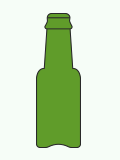 Finished bottle
Finished bottle
Press and Blow Process
The Press and Blow method employs both a plunger and compressed air in the bottle shaping process. As the molten gob enters an individual section, a plunger exerts pressure to mold it according to the desired shape. This process results in the formation of a parison, which is subsequently moved to a blow mold. Here, it undergoes reheating and is expanded with compressed air until it attains the intended shape.
This technique is particularly suited for wide-mouthed glass containers such as glass vases, glass candle jars, and milk bottles.
 Gob dropped into black mold
Gob dropped into black mold
 Plunger presses blank shape
Plunger presses blank shape
 Blank pressed
Blank pressed
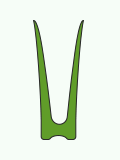 Blank shape
Blank shape
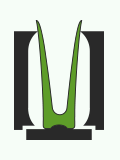 Blank transferred to blow mold
Blank transferred to blow mold
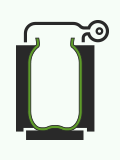 Final shape blown
Final shape blown
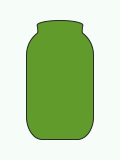 Finished jar
Finished jar
5 Annealing and Conditioning Processes in Sustainable Bottle Manufacturing
After the intensive formation process, the glass bottles undergo a cooling phase before they are transferred to an Annealing Lehr. This lengthy kiln features precise temperature controls. Within it, the glass bottles undergo a gradual reheating process followed by a slow and controlled cooling, bringing them to a temperature below the glass's strain point.
Annealing is of paramount importance as it serves to minimize internal stresses within the glass bottles, which could otherwise lead to breakage. Additionally, it promotes uniform settling of the glass material.
We meticulously oversee the annealing process to:
-
Ensure material consistency
-
Minimize stresses
-
Prevent spontaneous breakage
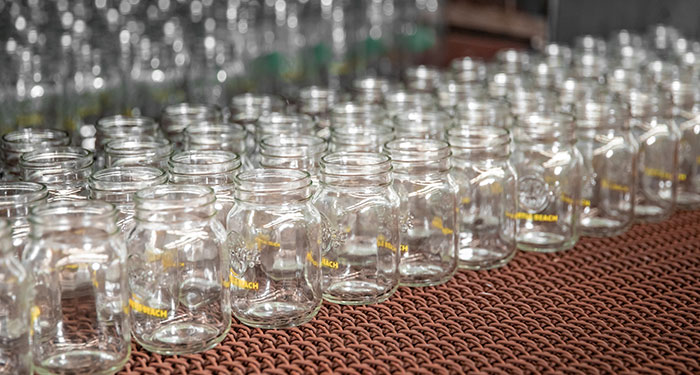
Professional Sustainable Bottle Manufacturers From China
At Recyc, we boast over 7 years of professional expertise in sustainable bottle manufacturing. Our unwavering commitment to excellence ensures that every step of the process is executed to the utmost standards, all in pursuit of our clients' complete satisfaction.
Проконсультируйтесь со своими экспертами по переработанным бутылкам и упаковке
Мы помогаем вам избежать ошибок и обеспечить качество и ценность вашей стеклянной бутылки и банки, вовремя и в рамках бюджета.
Связаться с Рециклом
